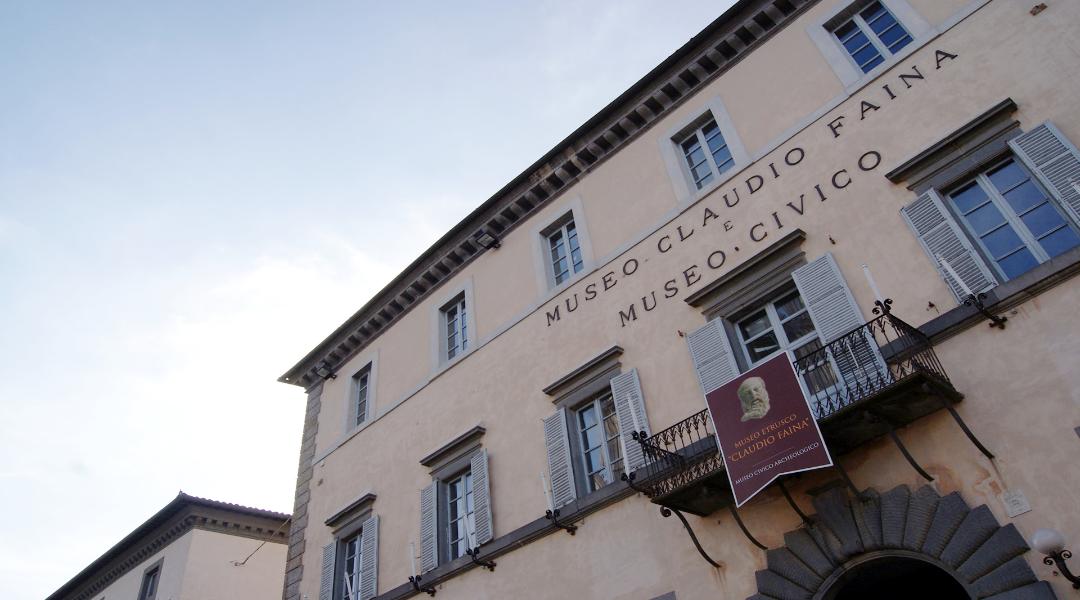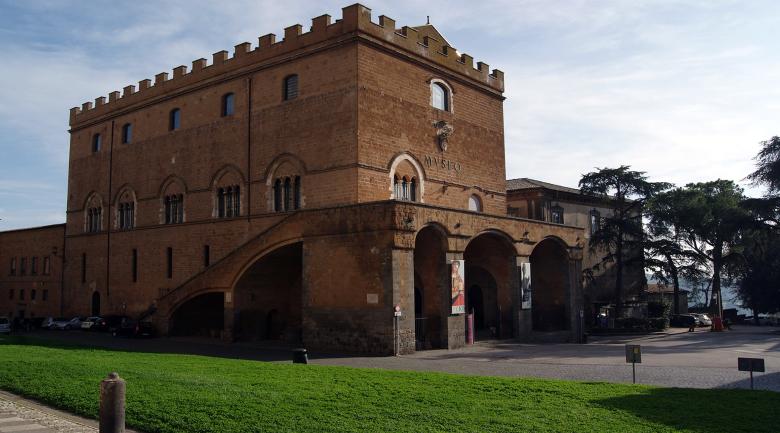Résultats sur la carte
4138137 Cultura Claudio Faina Museum and Civic Archaeological Museum - Orvieto Cultura 1
Claudio Faina Museum and Civic Archaeological Museum - Orvieto
The Museo Claudio Faina and the Museo Civico Archeologico are housed inside Palazzo Faina, located in Piazza Duomo, in Orvieto.
The building became the seat of the Museum in 1954, when Claudio Faina Junior, the last heir, left all his properties to Orvieto Municipality as the basis for and to finance the Claudio Faina Museum Foundation, and it has remained there ever since.
The exhibition arrangement aims at illustrating the steps of the gathering of the collection, from the constitution of the original nucleus starting in 1864, by Count Mario, collected following the indications required by collectors of the time, up to its enrichment by Eugenio, Mario's heir, who limited the acquisition of the finds to the Orvieto area, and promoted the formation of a Civic Museum rather than enriching the family collection.
From the gallery, located on the second floor of the palace, it is possible to admire a view of the Duomo from a particular perspective. The access to the Civic Archaeological Museum is in Piazza Duomo.
The building became the seat of the Museum in 1954, when Claudio Faina Junior, the last heir, left all his properties to Orvieto Municipality as the basis for and to finance the Claudio Faina Museum Foundation, and it has remained there ever since.
The exhibition arrangement aims at illustrating the steps of the gathering of the collection, from the constitution of the original nucleus starting in 1864, by Count Mario, collected following the indications required by collectors of the time, up to its enrichment by Eugenio, Mario's heir, who limited the acquisition of the finds to the Orvieto area, and promoted the formation of a Civic Museum rather than enriching the family collection.
From the gallery, located on the second floor of the palace, it is possible to admire a view of the Duomo from a particular perspective. The access to the Civic Archaeological Museum is in Piazza Duomo.



























